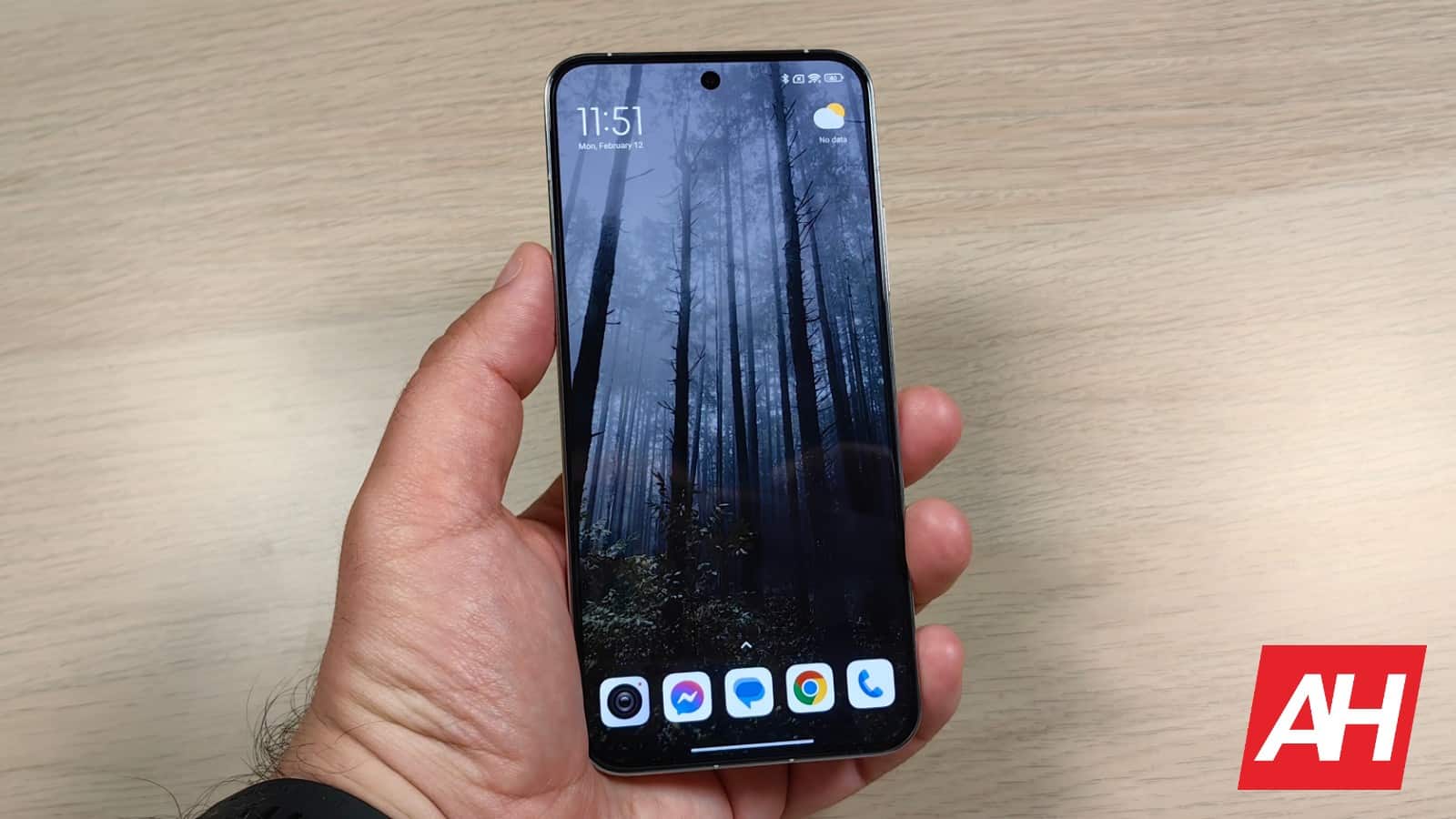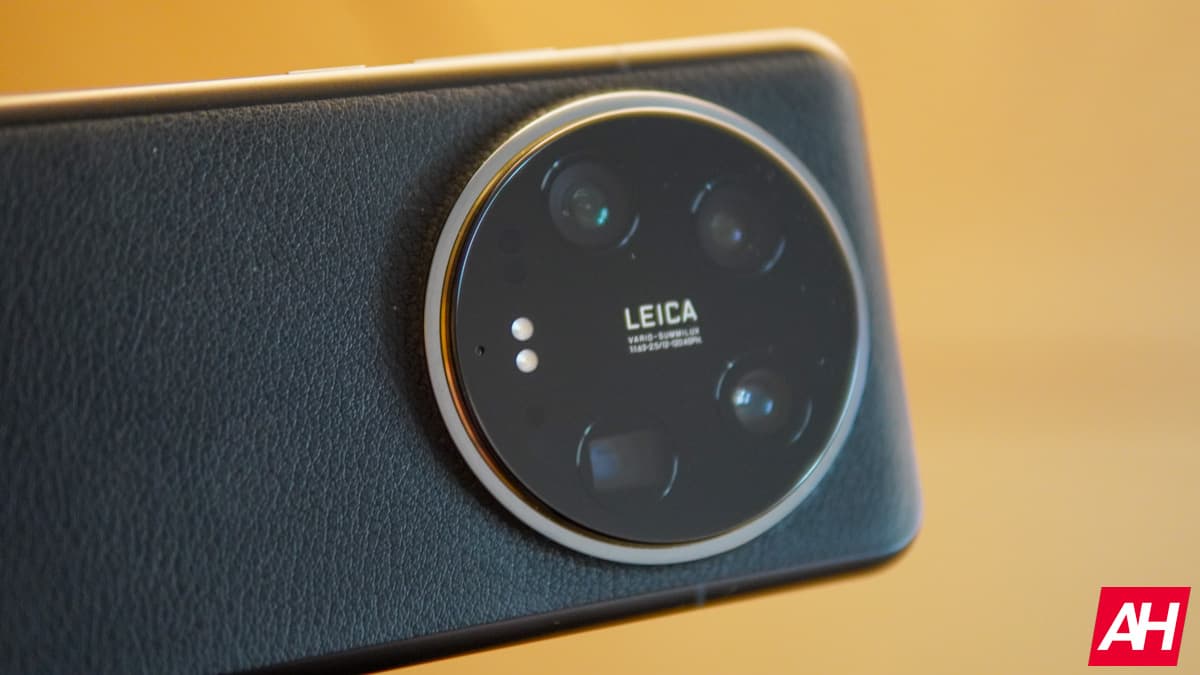Xiaomi announced two very compelling smartphones this year. Well, the Xiaomi 14 technically arrived in October last year, but it launched globally alongside its ‘Ultra’ sibling in February 2024. That being said, we’ve reviewed both smartphones, and they are both very compelling in their own right. We’re here to compare those two smartphones, the Xiaomi 14 Ultra vs Xiaomi 14.
The initial reaction for most of you who have the budget for it would be to go for the ‘Ultra’ model. While that may be the best idea for many of you, the Xiaomi 14 has its own set of advantages, and a lower price tag is among them. We’ll first list the specifications of both smartphones and will then get down to comparing them across a number of categories. So, let’s get started, shall we?
Specs
Xiaomi 14 Ultra vs Xiaomi 14, respectively
– Screen size:
6.73-inch LTPO AMOLED display (curved, adaptive 120Hz, 3,000 nits max brightness)
6.36-inch LTPO OLED display (flat, adaptive 120Hz, 3,000 nits max brightness)
– Display resolution:
3200 x 1440
2670 x 1200
– SoC:
Qualcomm Snapdragon 8 Gen 3
– RAM:
16GB (LPDDR5X)
12GB (LPDDR5X)
– Storage:
512GB/1TB (UFS 4.0)
256GB/512GB (UFS 4.0)
– Rear cameras:
50MP (wide, f/1.6-f/4.0 variable aperture, OIS, multi-directional PDAF, 1.6um pixel size), 50MP (ultrawide, f/1.8 aperture, 122-degree FoV, 0.7um pixel size, dual pixel PDAF), 50MP (telephoto, f/1.8 aperture, 0.7um pixel size, dual pixel PDAF, OIS, 3.2x optical zoom), 50MP (periscope telephoto, f/2.5 aperture, 0.7um pixel size, dual pixel PDAF, OIS, 5x optical zoom)
50MP (wide, f/1.6 aperture, 1.2um pixel size, OIS), 50MP (ultrawide, 115-degree FoV, f/2.2 aperture), 50MP (telephoto, f/2.0 aperture, 75mm lens, OIS, PDAF, 3.2x optical zoom)
– Front cameras:
32MP (wide, f/2.0 aperture, 0.7um pixel size)
– Battery:
5,000mAh
4,610mAh
– Charging:
90W wired, 80W wireless,, 10W reverse wireless (charger included)
90W wired, 50W wireless, 10W reverse wireless (charger included)
– Dimensions:
161.4 x 75.3 x 9.2mm
152.8 x 71.5 x 8.3mm
– Weight:
224.4 grams
193 grams
– Connectivity:
5G, LTE, NFC, Wi-Fi, USB Type-C, Bluetooth 5.4
– Security:
In-display fingerprint scanner & facial scanning
– OS:
Android 14 with HyperOS
– Price:
€1,499
€999
– Buy:
Xiaomi 14 Ultra (Amazon)
Xiaomi 14 (Amazon)
Xiaomi 14 Ultra vs Xiaomi 14: Design
These two smartphones don’t really look the same, nor do they have a similar feel in the hand. The Xiaomi 14 Ultra is a much larger smartphone, and it looks very different, especially when you look at it from the back. The ‘Ultra’ combines metal and vegan leather, while the Xiaomi 14 is made out of metal and glass in its global variant. The Xiaomi 14 is the more slippery device of the two, but considering how large the Xiaomi 14 Ultra is, the Xiaomi 14 is definitely the more comfortable device of the two.
The Xiaomi 14 Ultra is considerably taller, wider, and a bit thicker than the Xiaomi 14. It does come with a notably larger display. The display on the Xiaomi 14 is not small either, in fact, it may be the perfect size for most people. We’ll talk more about that in the next section. Both smartphones have a centered display camera hole, and both have very thin bezels around the display. The thing is, the display on the Xiaomi 14 Ultra is curved, while it’s flat on the Xiaomi 14.
On the back of the Xiaomi 14 Ultra, you’ll spot a large camera oreo. There are four cameras included in there, and it does protrude on the back quite a bit. It’s a nice anchor for your finger when you’re using the device, though. The Xiaomi 14 has three cameras on the back, and its camera island is located in the top-left corner. It’s squarish, not circular. They’re completely different.
Both smartphones do offer an IP68 rating for water and dust resistance. Both of them also feel very premium in the hand, even though the feel is completely different. These are actually aiming for completely different types of users, and that much is obvious based on the design alone.
Xiaomi 14 Ultra vs Xiaomi 14: Display
The Xiaomi 14 Ultra features a 6.78-inch QHD+ (3200 x 1440) LTPO AMOLED display. This panel is curved, and it has an adaptive refresh rate (1-120Hz). Dolby Vision is supported here, as is HDR10+ content. The display has a theoretical peak brightness of 3,000 nits, and it has a 20:9 aspect ratio. The screen-to-body ratio is around 89%, and the Xiaomi Shield Glass protects this panel.

The Xiaomi 14, on the flip side, features a 6.36-inch 2670 x 1200 LTPO OLED display. This display is flat, and it has an adaptive refresh rate too (1-120Hz). HDR10+ content is supported, and the phone comes with Dolby Vision support too. The theoretical peak brightness is the same as on the Xiaomi 14 Ultra, as is the display aspect ratio. This phone also has a screen-to-body ratio of around 89%. The Gorilla Glass Victus protects the Xiaomi 14’s display.
When it comes to actual display use and quality, these two panels are on par. Truth be said, the Xiaomi 14 Ultra does have a higher resolution, but both displays are so sharp, that you won’t really notice the difference, not at all. The Xiaomi 14’s panel is also a bit smaller, so… it evens out. Both panels offer outstanding colors, great viewing angles, great touch response, and are very fluid in everyday performance. The blacks are very deep, and both panels get more than bright enough in any scenario. We really don’t have a single complaint on either one of these panels.
Xiaomi 14 Ultra vs Xiaomi 14: Performance
Both smartphones include the same processor, Qualcomm’s Snapdragon 8 Gen 3 chip. That is the most powerful chip Xiaomi could have placed in these two smartphones. In addition to that, the company reached for LPDDR5X RAM and UFS 4.0 flash storage. The Xiaomi 14 Ultra comes with 16GB of RAM, while the Xiaomi 14 offers 12GB of RAM. The ‘Ultra’ model includes 512GB of storage, while the Xiaomi 14 goes up to 512GB of storage.
In terms of performance, they’re basically identical. That’s not all that surprising considering the similarities in performance-related specs, and the fact that the two phones have very similar software too. They simply flew through anything we threw at them. That goes for regular everyday tasks, such as intense multitasking, multimedia consumption, browsing with many tabs open, image and video processing, and so on. They handled all that without any sort of lag or anything like that.
When it comes to gaming, both devices do a great job. Regular games are not a problem at all, and they don’t really do much to get the phones warm. If you run a more graphically intensive title, such as Genshin Impact, you will feel the heat, but the performance won’t falter, nor will either device get too warm to handle. Well, at least that was the case for us, both did a great job in the gaming department.
Xiaomi 14 Ultra vs Xiaomi 14: Battery
The Xiaomi 14 Ultra includes a 5,000mAh battery, while the Xiaomi 14 has a 4,610mAh battery on the inside. The Xiaomi 14 does have a smaller display, so that difference is expected. Both phones did a great job in our battery drain test, but that doesn’t really reflect real-life use, does it? With our usage, both smartphones did really well. The Xiaomi 14 was able to cross the 7-hour screen-on-time mark, while the Xiaomi 14 Ultra went even above that with 7.5-8 hours of screen-on-time before it died.
Do note that on those days we did not play any games, but the phones were not really used lightly. We took a bunch of pictures, watched TikTok and YouTube, messaged a lot, wrote plenty of emails, processed some images, and so on. Both phones worked for it, and they showed their endurance. Quite frankly, we’re happy with the battery life from both smartphones, there’s not much to complain about.
When it comes to charging, both devices support 90W wired charging and come with a charger in the box. They charge immensely fast, by the way. The Xiaomi 14 Ultra also supports 80W wireless charging, while the Xiaomi 14 supports 50W wireless charging. If you have the appropriate charger, the Xiaomi 14 Ultra will charge faster wirelessly, but both charge really fast. They can also serve as battery banks, as both phones support 10W reverse wireless charging.
Xiaomi 14 Ultra vs Xiaomi 14: Cameras
The Xiaomi 14 Ultra includes four cameras on the back, while the Xiaomi 14 has three. The ‘Ultra’ model has a 50-megapixel main camera with variable aperture. A 50-megapixel ultrawide unit (122-degree FoV) is also included, as is a 50-megapixel telephoto camera (3.2x optical zoom). The last camera on the back is a 50-megapixel periscope telephoto camera (5x optical zoom). The Xiaomi 14, on the other hand, has a 50-megapixel main camera, a 50-megapixel ultrawide unit (115-degree FoV), and a 50-megapixel telephoto camera (3.2x optical zoom).

There are no identical shooters here, between the two devices. Looking at the cameras as a whole, the ‘Ultra’ does have the edge. That goes for all cameras, either due to the sensor itself, the lens used, or something else entirely. Leica lenses are used on both smartphones, though, keep that in mind. Both of them do a fantastic job when it comes to photography, but the Xiaomi 14 Ultra does have the advantage. It is easily one of the best smartphone cameras that we’ve used to date.
Both smartphones also offer Vibrant and Authentic Leica shooting modes, for different look and feel to your photos. In daytime conditions, both smartphones do a fantastic job. The difference between them is not all that big, even though the ‘Ultra’ tends to do a slightly better job of optimizing demanding scenes, such as HDR situations. It also offers more flexibility thanks to its periscope telephoto camera, for high-zoom shots.
In low light, the Ultra’s prowess shines. Don’t get me wrong, the Xiaomi 14 does a great job, but the ‘Ultra’ raises that to a level above. It can balance out such photos extremely well, even when there are plenty of light sources included in an image. It doesn’t have a problem with neon signs either, and the noise is barely there. Xiaomi and Leica really did a fantastic job when it comes to optimizing this smartphone’s camera. The variable aperture on the main camera certainly helps.
Audio
Both smartphones include a set of stereo speakers. Those speakers are on the same level, and that goes for both their loudness and general output. The sound is good from both sets, and it’s well-balanced. There’s even some bass included.
If you need an audio jack on your phone, well, you won’t find it on either of these. You can always take advantage of their Type-C ports for wired audio connections. If not, Bluetooth 5.4 comes included on both devices.

